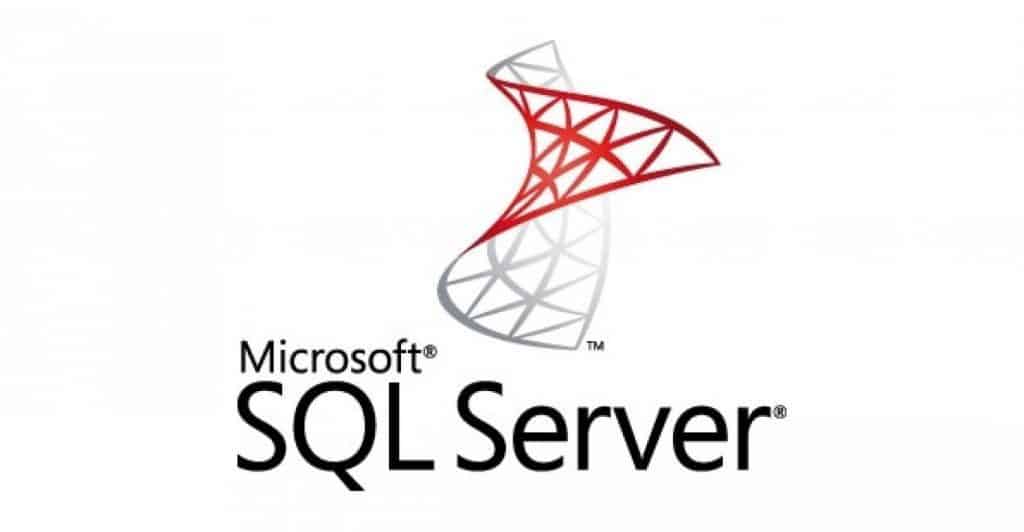Microsoft SQL Server is a high-performance client/server relational database management system (RDBMS) for the Microsoft Windows Server operating systems.

Relational database management systems are used in high-volume transaction-processing environments such as online order entry systems, data warehousing, decision-support applications, and e-commerce.
SQL Server is a central part of the Microsoft data platform. SQL Server is an industry leader in operational database management systems (ODBMS).
SQL Server features
- A distributed management framework for centrally managing all servers running SQL Server in an organization
- Built-in data replication to copy information throughout an enterprise not only to SQL Server databases but also to Oracle, IBM DB2, Sybase, and other databases
- The Web Assistant for populating a Web server with SQL data for Internet or private intranet use
- Microsoft Distributed Transaction Coordinator for creating distributed transaction-based applications across multiple servers
- Integration with the security features of the Windows Server platform
- A high-performance, scalable, multithreaded parallel architecture
- Scalable dynamic locking architecture for page-level and row-level locking
- Data warehousing and online analytical processing (OLAP) enhancements
- Support for OLE Automation stored procedures
- Integration with Microsoft Exchange through the SQL Mail utility
- Support for all Windows operating systems from Windows 95
- A query processor that supports the complex queries used in decision support, data warehousing, and OLAP applications
- Wizards that ease tasks for administrators and programmers
- Support for Microsoft Management Console (MMC)
- Tools for profiling and tuning a server’s performance
- Integration with Microsoft Proxy Server and Microsoft Office 2000
How it works
SQL Server is a client/server database system. The server runs the SQL Server database software, which processes requests submitted by the database client software and sends the results back to the client. The SQL Executive and the SQL Server Database Engine service are examples of database services performed by SQL Server.
The SQL Server software is arranged in multiple layers. The Net-Library layer, which accepts connections from clients, hides the network connectivity details when a client communicates with a server running SQL Server. Net-Libraries use interprocess communication (IPC) mechanisms such as named pipes, remote procedure calls (RPCs), and Windows Sockets. Several Net-Libraries are included with SQL Server for both the server and the client. Net-Libraries on the server listen for client connection attempts.
A client computer runs the database client software, which is used to connect to the server running SQL Server, make requests, receive results, and display the results on the user’s screen. Examples of database client software that can connect to SQL Server include SQL Server Enterprise Manager, ISQL/w, and Microsoft Access. The database client software is also made up of multiple layers. Users interact directly with the client application, which might present a form such as an order entry form. When the user submits the form, the client software interacts with the server running SQL Server using open database connectivity (ODBC) or DB-Library application programming interfaces (APIs). The server processes the request and returns information to the client.